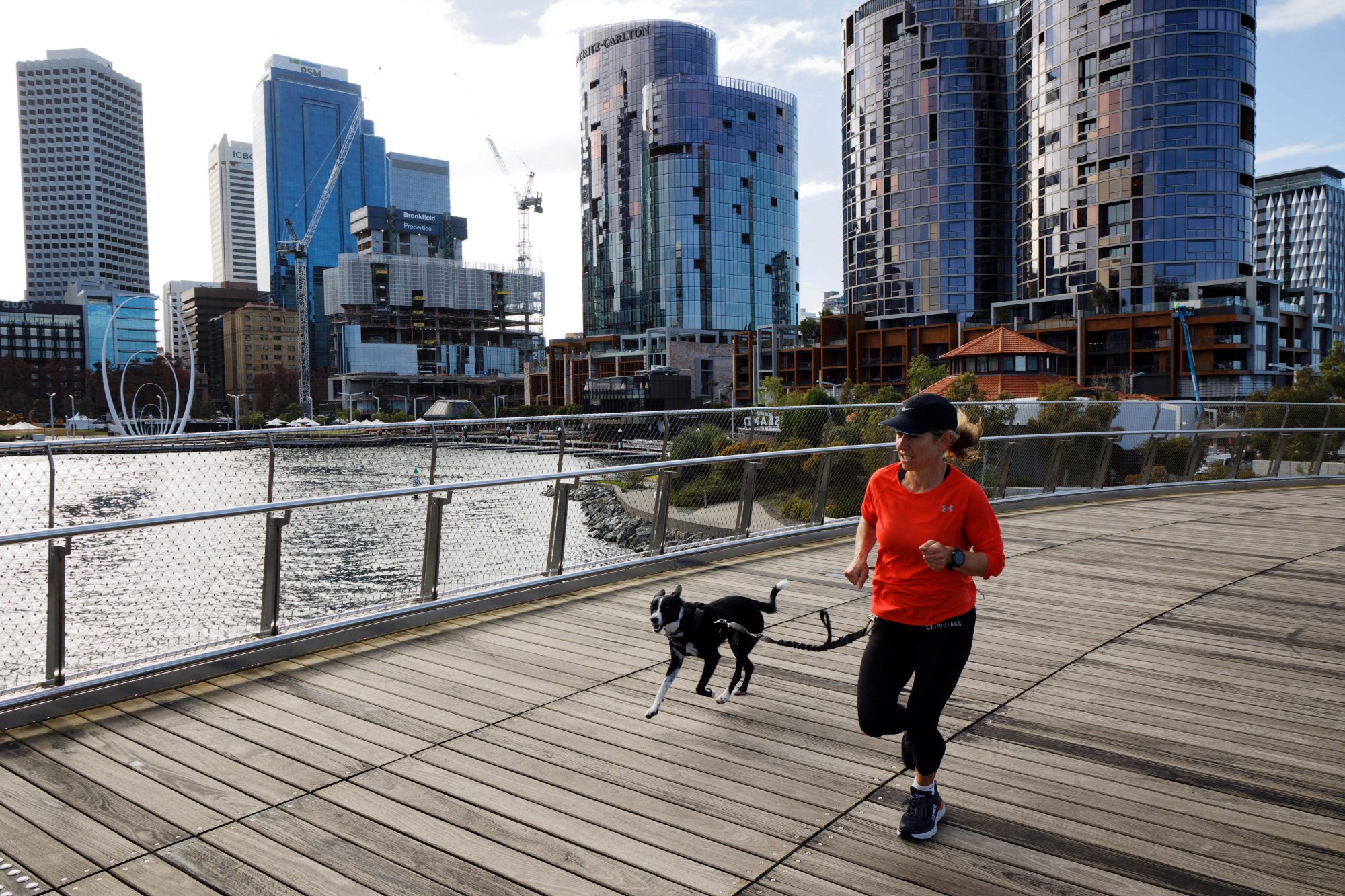Control of Covid-19 outbreaks in both China and Western Australia show that a place does not have to be geographically isolated to serve as a successful pandemic refuge, according to a new study looking at public health risk management.
Researchers from the United States and Australia said that while Covid-19 was not as extreme as other global catastrophe scenarios for which refuges were commonly proposed, countries considering establishing a refuge for future infectious disease outbreaks should customise their policies to the specific pathogen and define their “refuge endgame” – or how they plan to emerge from refuge status.
Previous research on global catastrophe refuges has focused on isolated places – such as islands or locations underwater, underground, in ice or in outer space – where some humans can survive extreme disasters to ensure the viability of future generations.
Do you have questions about the biggest topics and trends from around the world? Get the answers with SCMP Knowledge, our new platform of curated content with explainers, FAQs, analyses and infographics brought to you by our award-winning team.
The researchers said China had kept Covid-19 infections low, despite having the world’s longest land border and the largest population, because of its authoritarianism, collectivist culture and home-grown vaccines that reduced harm from the virus.
“China’s case shows that a refuge can be successful despite having significant exposure to the pandemic pathogen, especially for a jurisdiction willing to bear the cost of extensive restrictions on its population,” the researchers wrote in an article published in the peer-reviewed journal Risk Analysis on Wednesday.
“Likewise, China’s case demonstrates the value of pandemic refuges developing capacity to suppress outbreaks and not just avoid them,” Seth Baum, executive director of Washington-based think tank the Global Catastrophic Risk Institute, and Vanessa Adams, associate professor in conservation and planning at the University of Tasmania, wrote in the study that covered two years of the pandemic.
China’s zero-Covid approach no match for Omicron: WHO
Meanwhile, Western Australia successfully remained closed until March this year. Its social isolation was reinforced with historically strong quarantine and biosecurity policies, according to the team.
“This experience suggests that pandemic refuges may tend to succeed if they are in jurisdictions with a strong pre-existing commitment to avoiding infectious disease and a high degree of technical competence in doing so,” they wrote.
From March 2020 to January 2022, China’s official count was 9.3 cases per 100,000 population, while Western Australia had 48.8 cases per 100,000, according to the researchers who cited Covid-19 data from the World Health Organization and Australia’s Department of Health.
The researchers said a pandemic refuge should aim to advance the survival of humans and/or the continuity of human civilisation at a global level, and minimise the health and socio-economic harm of the refuge population at a local level.
But they found that a pandemic refuge did not necessarily need to avoid all contact with the pandemic.
“What matters is that the refuge avoid[s] massive harm from the pandemic, including loss of population and socio-economic disruption. The refuge can sustain some exposure to the pandemic pathogen, such as through interaction with outside regions, as long as damage is limited via effective containment of any outbreaks,” they said.

China has maintained a “dynamic zero” Covid-19 policy, deploying mass testing, frequent contact tracing, long quarantines and strict border controls.
The country also plans to set up Covid-19 testing booths within a 15-minute walk for citizens in all major cities, as regular negative nucleic acid results become a requirement for going to school, work, shopping or eating out.
On Wednesday, Shanghai formally ended its two-month citywide lockdown of 25 million residents that left the megacity with broken supply chains and disrupted logistics.
Study co-author Adams said the Shanghai lockdown showed the difficulty of suppressing a pathogen as infectious as the Omicron variant.
“One implication for other countries considering refuge policy is to understand the challenges that maintaining a refuge can pose and preparing to meet these challenges,” she said. “The supply chain issues are not isolated to only maintaining a refuge but also in exiting refuge status.
“Ultimately, to remain a refuge or exit refuge status requires careful modelling and public health advice that considers the wide range of impacts to human health and well-being.”
The researchers said infectivity and virulence of a pathogen largely defined how feasible or successful a refuge approach was.
For example, high infectivity made it more difficult to maintain a refuge because outbreaks were more likely to occur and harder to suppress, whereas high virulence might motivate more people to avoid exposure to the pathogen, the team said
In the case of Covid-19, the motivation for maintaining refuges “has waned as the distribution of vaccines has reduced the pathogen’s virulence and thus reduced the overall disease burden in highly vaccinated populations”, they said.
Tests for the dead: grumbles in China as anti-Covid measures become overly strict
Adams said jurisdictions should define their own endgame, although not all taking this approach clearly defined their ultimate goal.
“As an example in Australia, they articulated throughout that they were seeking a suppression strategy through border control until they reached sufficient levels of vaccination to reduce hospital load and, ultimately, negative health consequences.
“Once they reached the predefined levels of vaccination that were modelled to be sufficient to achieve this, individual jurisdictions began to exit refuge status,” she said.
More from South China Morning Post:
- China foreign business sentiment reaches ‘tipping point’ as zero-Covid dents confidence, erodes attraction
- ‘Hunger catastrophe looming’, Zelensky warns Jakarta town hall meeting, with Ukraine’s grain cut off from the world
- China’s top diplomat hits out at Western critics who ‘distort the truth’ on pandemic controls
- Arctic ‘doomsday vault’ stocks up in case of global catastrophe
- No concern yet monkeypox will cause pandemic, WHO says as UK reports dozens of new cases
For the latest news from the South China Morning Post download our mobile app. Copyright 2022.





